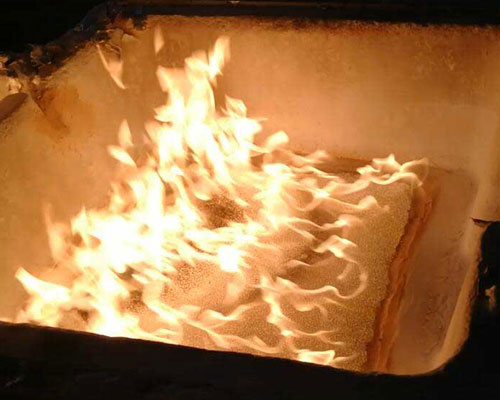Ceramic foam filter for foundries is mainly used for filtering aluminum and aluminum alloys. Due to its excellent corrosion resistance and ability to corrode molten aluminum, it can effectively remove inclusions, reduce trapped gas, provide laminar flow, and significantly clean the filtered metal. Cleaner metals can lead to higher quality castings, less scrap and fewer inclusions, all of which help increase profits.
Foundry Ceramic Foam Filter reduces the gas and inclusions contained in the castings, reduces the turbulence of the molten metal during filling, reduces the surface defects of the castings, and significantly reduces the rejection rate of the castings.

Ceramic Foam Filter for Foundries Features
- Simplify the casting system, reduce the length of the cross flow channel, and increase the yield of castings.
- Reduce machining time and tool wear, and improve the surface quality of castings.
- Foam ceramics have high mechanical strength and chemical stability, and can resist thermal shock and liquid metal flow shock even in high-temperature environments.
- There is no slag inclusion or broken slag during the working process, which ensures the quality of molten metal and the stability of the chemical composition.
- The metal flow is large and stable, even if the inclusion content in the molten metal is high, it will not block the ceramic foam. High dimensional accuracy can be automatically placed on the production line.
- Increase the compression seal of the casting, increase the elongation and tensile strength of the casting, improve the surface finish of the casting, improve the fluidity of the molten metal, and increase the filling capacity and replenishing capacity of the melt.
The filtration efficiency of ceramic foam filters in aluminum smelters is closely related to their correct installation and use. At the same time, due to the adoption of the filtration process, the conventional necessary measures to reduce the generation of inclusions in smelting, furnace treatment, casting, and other process operations cannot be ignored. The cleaned aluminum liquid should also be prevented from being contaminated again after filtering.


